How to Maximize Efficiency with Your Lithium Ion Battery Pack
Table of Contents
- Understanding Lithium Ion Battery Pack Types and Their Efficiency
- Key Benefits of Lithium Ion Battery Packs for Various Applications
- Best Practices for Maintaining Lithium Ion Battery Efficiency
- Innovative Technologies Enhancing Lithium Ion Battery Performance
- Comparative Analysis: Lithium Ion vs. Other Battery Types
- Real-World Examples of Efficient Lithium Ion Battery Usage
- FAQS
- Conclusion
- Related Posts
In today's fast-paced world, maximizing efficiency with your Lithium Ion Battery Pack is more important than ever, especially as reliance on energy storage solutions continues to grow. At Roofer Electronics Technology (Shanwei) Co., Ltd., with over 27 years of experience in R&D, manufacturing, and solution services for lithium batteries, we understand the critical role that battery technology plays in various applications—from household energy storage and lead-acid battery replacements to powering tools, electric bicycles, and household appliances. As we delve into the best practices and strategies for optimizing the performance of your Lithium Ion Battery Pack, we aim to equip you with the knowledge to enhance longevity, ensure safety, and achieve superior efficiency in energy use. This tutorial will guide you through essential tips and techniques that can lead to significant improvements in the way your devices operate, ultimately contributing to a more sustainable future.
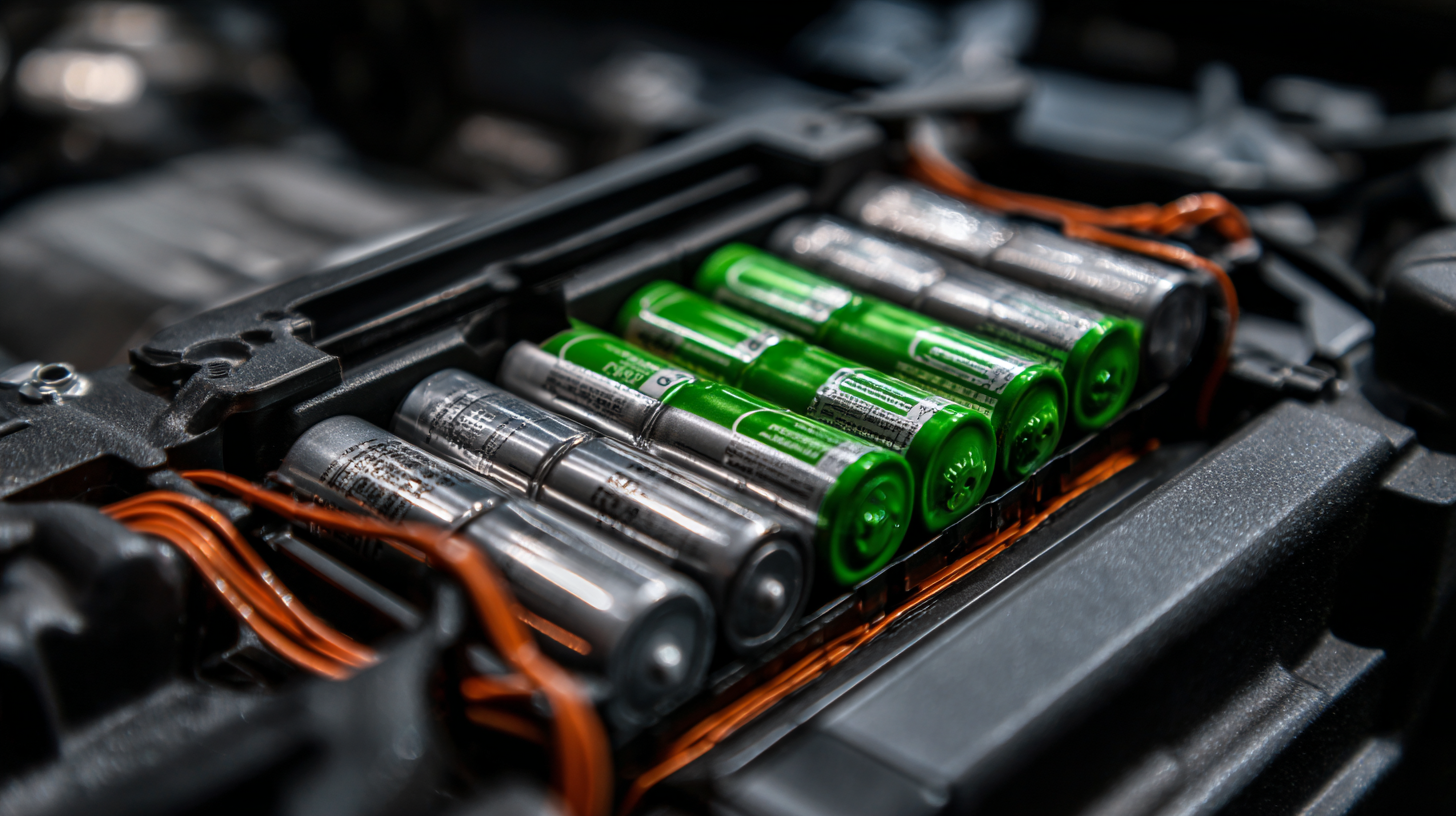
Understanding Lithium Ion Battery Pack Types and Their Efficiency
When optimizing the efficiency of lithium-ion battery packs, understanding the various types and their unique characteristics is crucial. For instance, recent advancements in cathode materials, particularly bipolar organic cathodes, have shown great promise in enhancing electrochemical performance. However, the dissolution problem these materials face limits their full potential, highlighting the need for further innovation in cathode design. Additionally, the geometry of battery cells plays a significant role in performance. Research indicates that cylindrical cells tend to degrade more rapidly than pouch designs, which may influence decisions for specific applications.
Thermal management is another critical factor to maximize lithium-ion battery efficiency. The introduction of novel materials, such as AgO-based nanofluids, demonstrates promising results in cooling systems for 21700-type battery packs. Effective cooling not only improves performance but also mitigates risks associated with thermal runaway. Combining such advanced cooling techniques with improved cathode materials could lead to significant enhancements in overall battery efficiency. Exploring these innovations offers valuable insight into choosing the right battery pack type, which is essential for various applications, including electric vehicles.
Key Benefits of Lithium Ion Battery Packs for Various Applications
Lithium-ion battery packs have become a cornerstone in many industries due to their impressive energy density and efficiency. According to a report by the International Energy Agency, lithium-ion batteries can achieve energy densities up to 250 Wh/kg, substantially outperforming other battery technologies like lead-acid and nickel-metal hydride. This efficiency is particularly beneficial in applications such as electric vehicles, consumer electronics, and renewable energy storage, where compact size and weight are critical for optimal performance.
In addition to their energy density, lithium-ion batteries also offer exceptional cycle life. Research from the Battery University indicates that these batteries can often sustain over 2,000 charge-discharge cycles without significant degradation. This longevity translates to lower replacement costs and reduced waste, making lithium-ion technology not only economically advantageous but also environmentally friendly. As industries continue to adopt sustainable practices, leveraging lithium-ion battery packs will prove essential for maximizing operational efficiency while minimizing ecological impact.
How to Maximize Efficiency with Your Lithium Ion Battery Pack - Key Benefits of Lithium Ion Battery Packs for Various Applications
| Application | Key Benefits | Typical Capacity (Ah) | Cycle Life (Charge/Discharge) | Common Usage |
|---|---|---|---|---|
| Electric Vehicles | High energy density, quick charging | 50-100 | 500-2000 | Personal and commercial transport |
| Consumer Electronics | Lightweight, rechargeable, less memory effect | 1-12 | 300-500 | Smartphones, laptops, tablets |
| Energy Storage Systems | Scalability, long lifespan | 100-2000 | 3000-5000 | Home and industrial energy solutions |
| Drones | High discharge rate, lightweight design | 3-6 | 200-500 | Photography, surveying, delivery |
| Power Tools | Compact size, quick recharge times | 2-5 | 500-1500 | Construction and DIY projects |
Best Practices for Maintaining Lithium Ion Battery Efficiency
Maintaining the efficiency of your lithium-ion battery pack is crucial for maximizing its lifespan and performance. One of the most effective practices is to avoid extreme temperatures. Batteries thrive in moderate climates, so keeping them between 20°C and 25°C (68°F to 77°F) is ideal. Excessive heat can lead to faster degradation, while cold temperatures can impair performance.
Another essential tip is to avoid deep discharging your battery. It’s best to recharge your lithium-ion battery when it reaches around 20% capacity. Regularly allowing the battery to drop below this threshold can diminish its overall lifespan. Furthermore, utilizing a high-quality charger specifically designed for your battery type will help maintain optimal efficiency and safety.
Lastly, it's important to perform regular maintenance checks. Inspect your battery pack for any signs of wear or damage, and ensure that the connection points are clean and secure. Proper storage is also vital; if you’re not using the battery for an extended period, store it at about 50% charge to help preserve its health. These best practices will contribute significantly to maintaining the efficiency of your lithium-ion battery pack.
Maximizing Lithium Ion Battery Efficiency
Innovative Technologies Enhancing Lithium Ion Battery Performance
In today's world, maximizing the efficiency of your lithium-ion battery pack is essential for both consumers and industries striving for sustainability. Innovative technologies are continuously emerging, enhancing the performance of these batteries. For instance, advancements in battery management systems (BMS) allow for real-time monitoring and optimized charging cycles, which can significantly extend the lifespan of battery packs. Utilizing high-performance BMS can help mitigate risks associated with overheating and overcharging, ultimately contributing to better efficiency.
Another groundbreaking innovation is the introduction of silicon anodes, which can increase energy density and overall capacity. By replacing traditional graphite anodes with silicon, batteries can store more energy without a significant increase in size. This enhancement is particularly beneficial for electric vehicles and portable electronics, where space and weight are crucial.
To get the most out of your lithium-ion batteries, consider these tips:
- Maintain a regular charging schedule to avoid deep discharges, which can shorten battery life.
- Store batteries in a cool, dry place to prevent degradation.
- Keep your battery software updated to take advantage of the latest improvements in efficiency.
Comparative Analysis: Lithium Ion vs. Other Battery Types
When comparing lithium-ion batteries to other battery types, the advantages become clear. According to the International Energy Agency (IEA), lithium-ion batteries account for over 80% of the global rechargeable battery market, primarily due to their high energy density (around 150-200 Wh/kg) and efficiency. In contrast, lead-acid batteries typically offer only about 30-50 Wh/kg, leading to a heavier, bulkier solution. This immense power-to-weight ratio makes lithium-ion an optimal choice for electric vehicles and portable electronics, where space and weight are critical.
Tip: To extend the life of your lithium-ion battery pack, avoid complete discharges. Keeping your battery charged between 20-80% can significantly increase its lifespan, as highlighted in a study by Battery University.
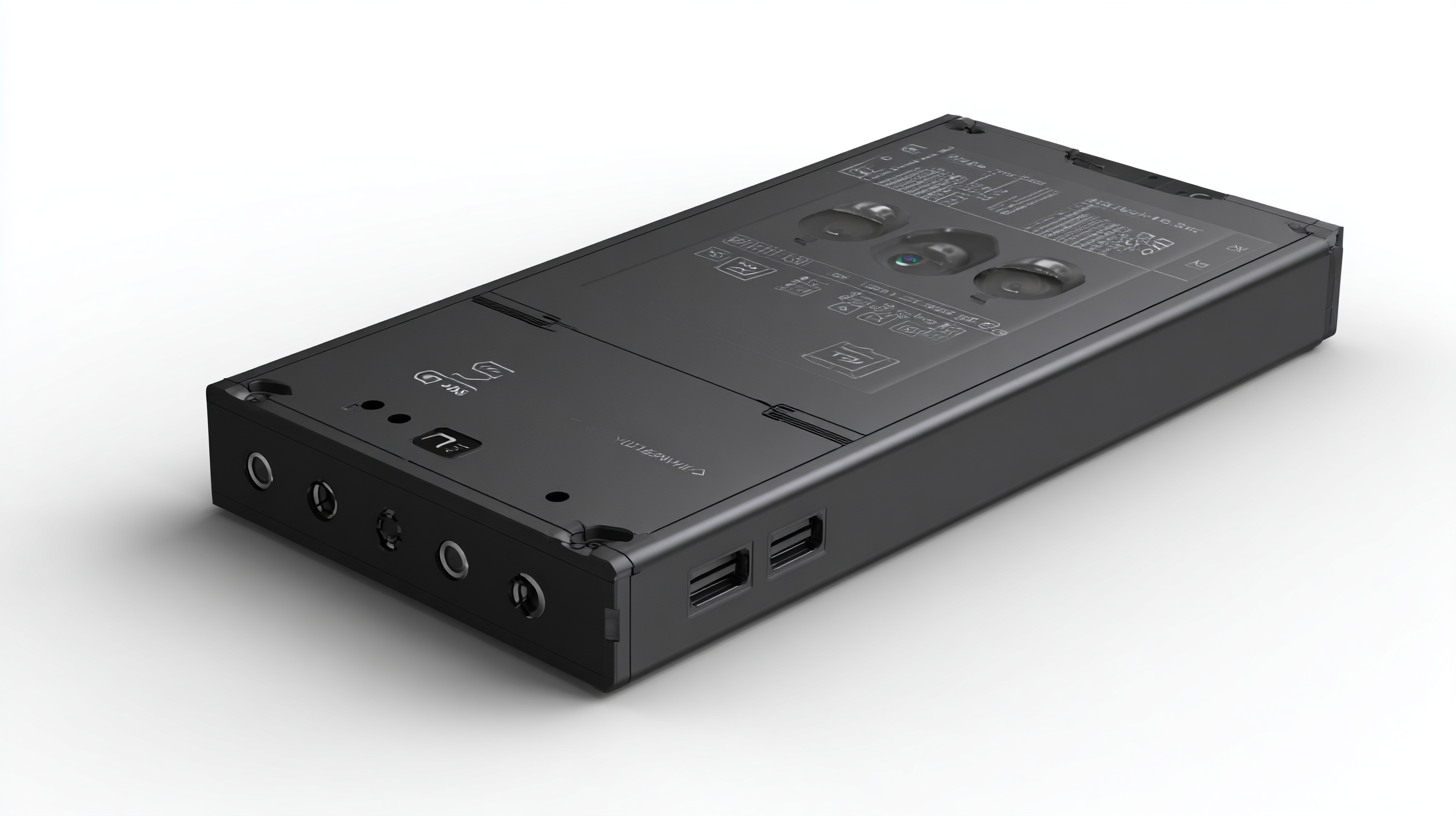
Moreover, lithium-ion batteries have a much lower self-discharge rate (approximately 1-2% per month) compared to nickel-cadmium batteries, which can discharge at a rate of up to 20% per month. This characteristic is particularly beneficial for applications requiring long-term storage, as lithium-ion batteries will retain their charge for a more extended period.
Tip: Store your lithium-ion batteries in a cool, dry place to further minimize self-discharge and maintain optimal performance, as temperature fluctuations can accelerate degradation.
Real-World Examples of Efficient Lithium Ion Battery Usage
When it comes to maximizing efficiency with lithium-ion battery packs, real-world applications can offer invaluable insights. For example, many electric vehicle manufacturers are now utilizing advanced battery management systems that optimize energy consumption. These systems monitor battery health and adjust the charging cycles to enhance longevity and performance. Users can benefit from appreciating how such technology translates into longer driving ranges and reduced energy costs.
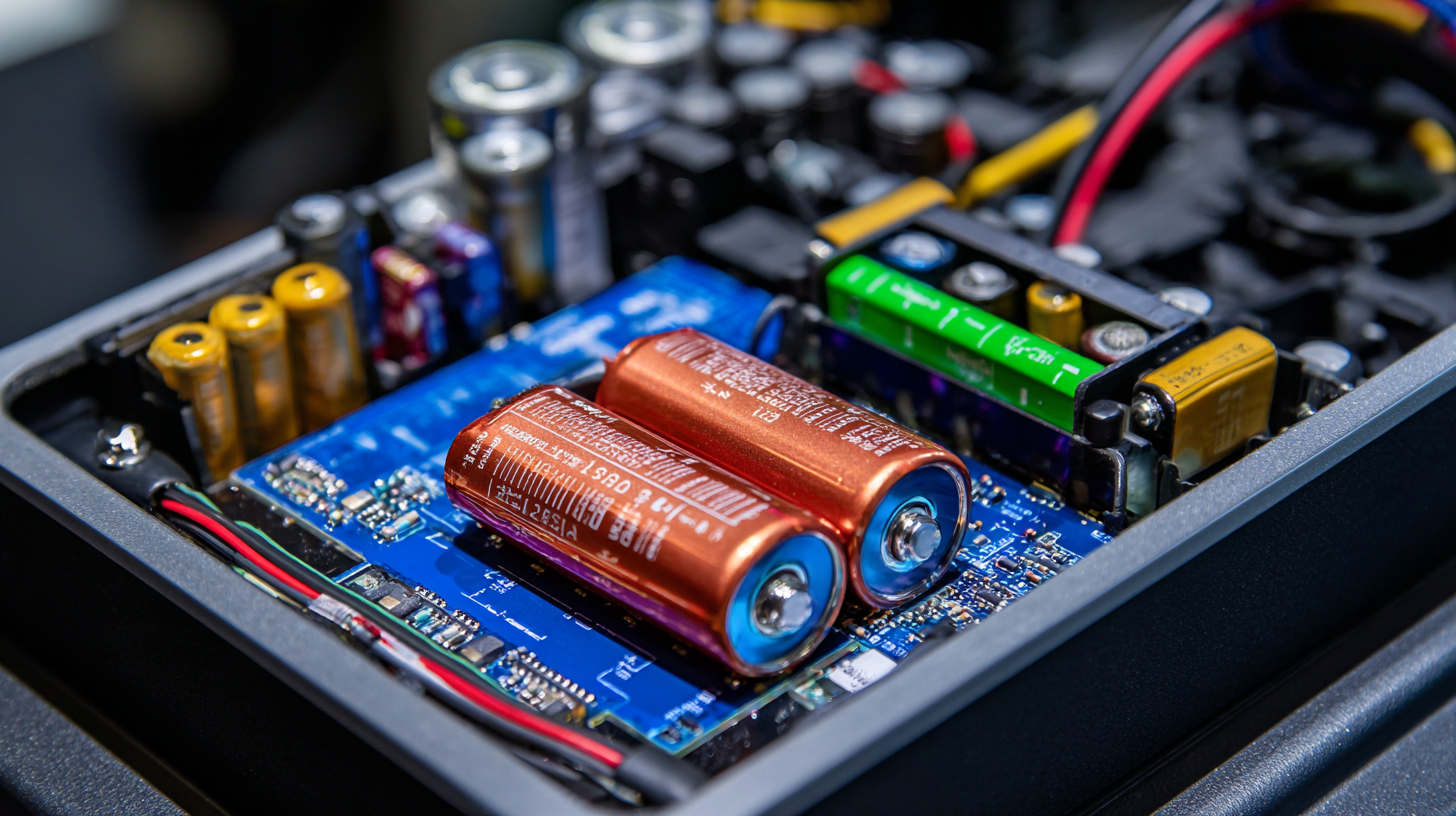
Another practical example lies in portable electronics. Companies have embraced smart charging technologies that prevent overcharging and overheating. Users are encouraged to avoid using their devices while charging, as this can lead to unnecessary energy drain and reduced battery lifecycle. Implementing periodic full discharges followed by complete charges can help recalibrate the battery and ensure consistent performance.
For households using solar energy storage systems, optimizing battery usage is crucial. Integrating day/night scheduling to store energy during peak sunlight hours and using it during the evening can significantly enhance efficiency. Homeowners can also explore community battery sharing initiatives, which maximize resource utilization while minimizing individual storage costs. Adopting these strategies ensures that your lithium-ion battery packs perform at their best, benefiting both users and the environment.
FAQS
: Different types of lithium-ion batteries, such as bipolar organic cathodes and cylindrical cells, exhibit unique characteristics affecting their performance. For example, bipolar organic cathodes may enhance electrochemical performance but face dissolution issues, while cylindrical cells degrade more rapidly than pouch designs.
Thermal management is crucial for maximizing lithium-ion battery efficiency. Advanced materials like AgO-based nanofluids have shown promise in improving cooling systems, which can enhance performance and reduce the risk of thermal runaway.
Lithium-ion batteries can achieve energy densities up to 250 Wh/kg, significantly outperforming other battery technologies, such as lead-acid and nickel-metal hydride.
Lithium-ion batteries can often sustain over 2,000 charge-discharge cycles without significant degradation, contributing to lower replacement costs and reduced waste.
Lithium-ion batteries thrive in moderate climates, ideally kept between 20°C and 25°C (68°F to 77°F). Extreme temperatures can accelerate degradation and impair performance.
It's best to recharge your lithium-ion battery when it reaches around 20% capacity to avoid deep discharging, which can negatively impact its overall lifespan.
If not in use for an extended period, lithium-ion batteries should be stored at about 50% charge to help preserve their health.
Regular maintenance checks should include inspecting the battery pack for signs of wear or damage and ensuring that the connection points are clean and secure.
Utilizing a high-quality charger specifically designed for your battery type helps maintain optimal efficiency and safety, prolonging the battery's lifespan.
Lithium-ion batteries are economically advantageous and environmentally friendly due to their long cycle life, energy density, and reduced waste, making them essential for industries adopting sustainable practices.
Conclusion
In today's fast-paced world, maximizing efficiency with your Lithium Ion Battery Pack is essential for various applications. Understanding the types of Lithium Ion Battery Packs and their unique efficiencies can help users select the most suitable option for their needs. Key benefits include longer life cycles, reduced weight, and enhanced performance, making them ideal for household energy storage, electric bicycles, and power tools.
To maintain and improve Lithium Ion Battery efficiency, adopting best practices is crucial. This includes proper charging techniques, temperature management, and periodic maintenance. Additionally, innovative technologies are continuously emerging to enhance performance further, ideally positioning Lithium Ion over other battery types. With over 27 years of expertise, Roofer Electronics Technology (Shanwei) Co., Ltd. is committed to providing high-quality Lithium Ion Battery Packs and solutions, helping users harness the full potential of their energy storage systems.
Related Posts
-
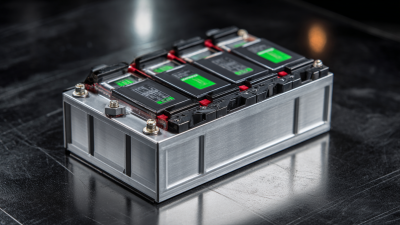
Understanding the Industry Standards for Best 12v Lithium Iron Battery Production
-

Leading Global Manufacturer: Explore the Best 3.2v 100ah Lifepo4 Battery Cells Available Today
-
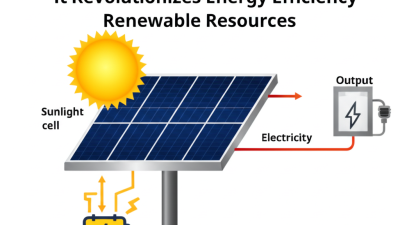
What is a Solar Cell Generator and How It Revolutionizes Energy Efficiency in Renewable Resources
-
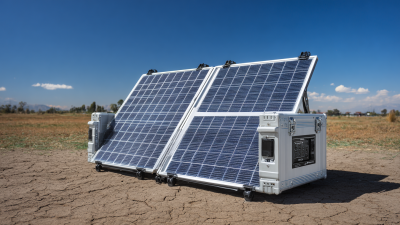
2025 Solar Powered Generator Trends and Comparisons to Watch for in the Industry
-

Future Innovations in Best Solar Generating Stations for 2025 a Comprehensive Guide to Next Generation Technologies
Blog Tags:





 business@roofer.cn
business@roofer.cn +86 13502883088
+86 13502883088






